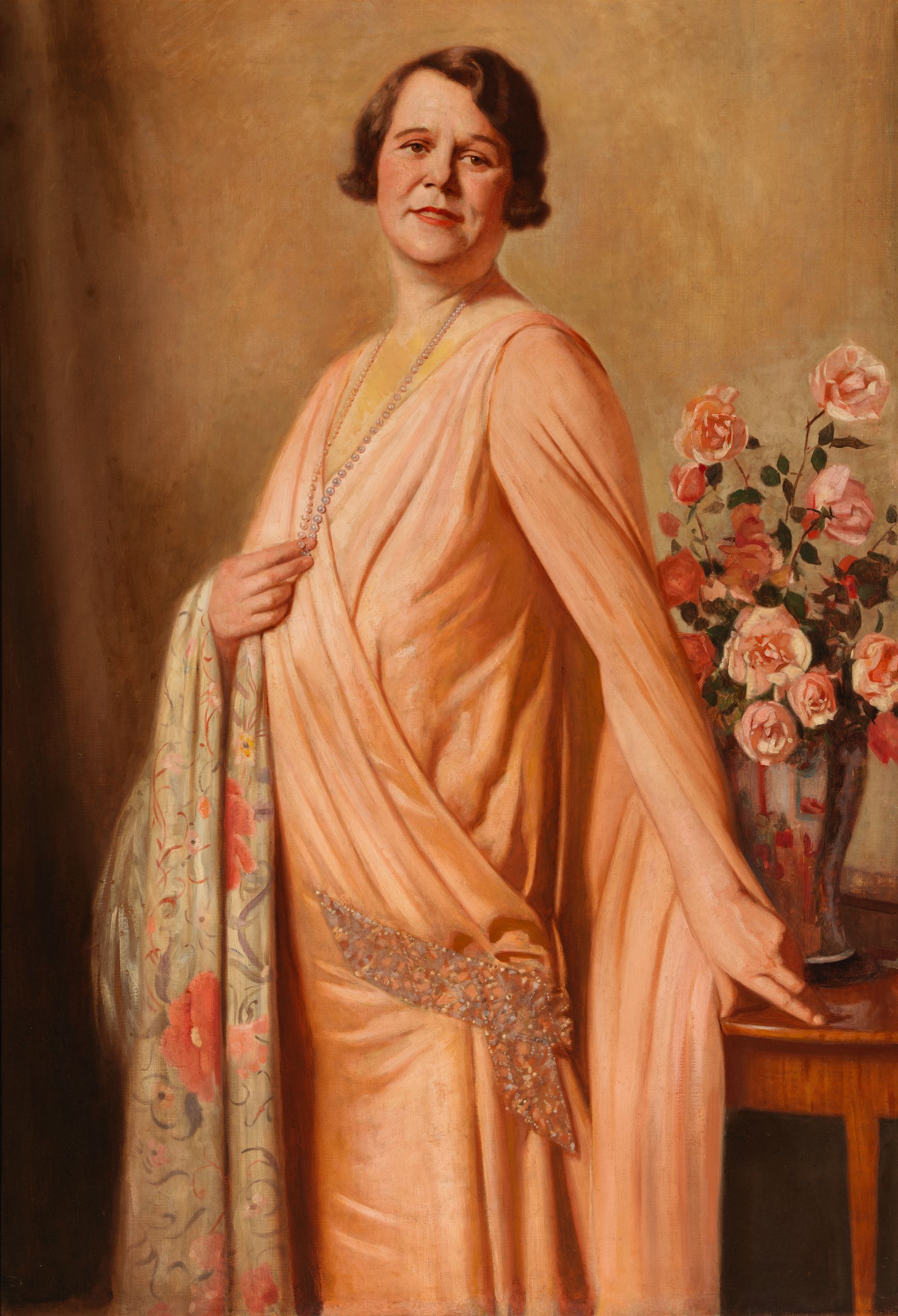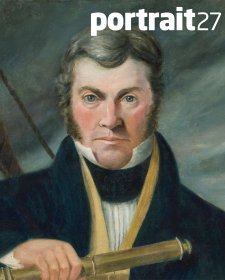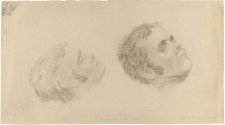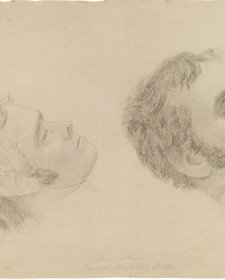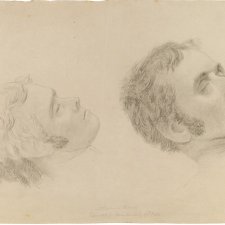The former adopted the name ‘Melba’ in honour of her birthplace and blazed a trail for Australian-born opera singers from the 1890s onwards. The latter also adopted an Australian-inspired stage name and performed to great acclaim in Europe and the United States throughout the 1920s and 1930s. While Florence Austral no longer shares the household-name status of her compatriot, she was nevertheless part of a significant trend of Australian opera singers who achieved illustrious international careers in the first half of the twentieth century.
Florence Austral was born in 1892, the daughter of a Swedish carpenter, William Wilson, and his wife Helena. Her parents’ marriage ended in 1895 and Helena remarried in 1903 to a man named John Fawaz. It was as Florence Fawaz that Austral gave her first public performance around 1910, appearing in a Christmas pageant at the local Methodist Sunday school where her staunchly religious stepfather was a teacher. Like many girls of her era, Florence had left school at fourteen and was encouraged to develop ‘useful’ domestic skills. She had not had any formal training in music, yet her stepfather was sufficiently impressed by her first performance to arrange for her to have tuition in piano and voice. In 1913, Florence was awarded a number of prizes in the annual South Street Competitions in Ballarat. Florence’s performances were adjudicated by English musician Fritz Hart, who encouraged her to enrol at the Conservatorium of Music in Albert Street, Melbourne. She studied with Madame Elise Weidermann before winning entry into the Melbourne University Conservatorium, from which she graduated in 1919. After a farewell concert, when critics praised the ‘remarkable size and great beauty’ of her voice, Austral left for New York for further study. She appeared in festivals in Boston and Chicago, and successfully auditioned for the Metropolitan Opera in New York, but declined this opportunity and made her way to London. She debuted at Covent Garden with the British National Opera Company in May 1922, replacing another Australian soprano, Elsa Stralia, in the role of Brünhillde in Wagner’s Die Walküre and was an instant success. Austral continued with the British National Opera Company until 1924, including an appearance with Nellie Melba in 1923. The 1920s and 1930s also saw her make tours of North America and Australia, and the first of many recordings and broadcast performances. The quality and power of her voice lent itself to the Wagnerian roles, which made her reputation, but she also performed in operas by Verdi, Mozart, Puccini and others. She married Australian flautist John Amadio in London in 1925.
This portrait of Austral by Howard Barron (1900–1991) is thought to have been painted during her return tour of Australia in 1930. An English artist who specialised in paintings of marine subjects, but who also painted landscapes and portraits, Barron arrived in Australia in 1924 and studied with Will Ashton in Sydney. The portrait presents a clear statement about Austral’s success, perhaps commissioned as a mark of a local girl’s conquest of the international stage. Despite her origins in a country with a reputation as a backwater a vast geographical distance from the world’s cultural centres, Austral achieved considerable fame and was a fêted figure both at home and abroad. Accordingly, this image portrays a confident woman at the height of her career and shares a language with the numerous studio and publicity photographs of Austral taken in the 1920s and 1930s – invariably showing her in a theatrical, full-length pose, dressed either in costume or fashionable clothes, and sporting trappings of success, like furs or jewels. Barron’s portrait also conveys a strong sense of Austral’s awareness of herself as a diva, suggesting the commanding physical presence – she was around six feet tall – which added to her impact on stage. Yet the portrait also belies the personal troubles that would come to mar Austral’s life – most notably multiple sclerosis, of which Austral developed the symptoms in late 1930 and which would eventually lead to the end of her career in the 1940s. The strain of her long battle with the disease is evident in a 1947 portrait of Austral by William Pate, now in the National Library of Australia, which shows her as pensive and subdued. Austral returned to Australia in 1946 and in the 1950s took up a teaching position at the Newcastle branch of the New South Wales State Conservatorium of Music. She retired in ill health in 1959 and was admitted to an agedcare facility in Newcastle in the early 1960s. The Florence Austral Association paid for her care until her death in May 1968.
The painting has been gifted to the National Portrait Gallery by the University of Newcastle at the request of the late William Bowmore AO OBEand adds to the gallery’s collection of images of twentieth- century Australian divas.
